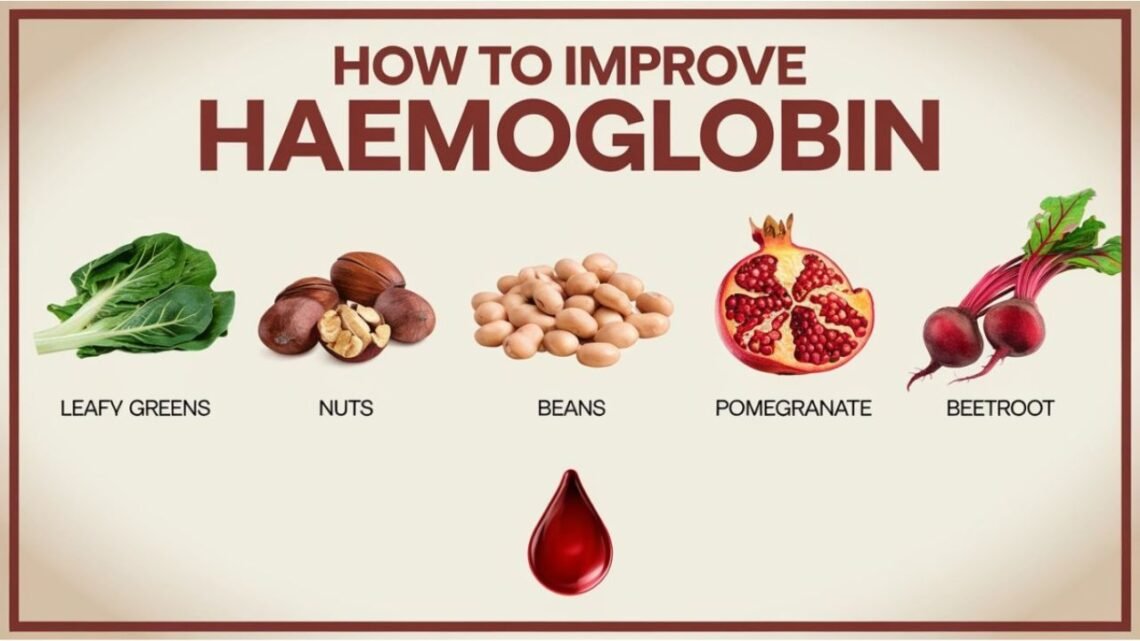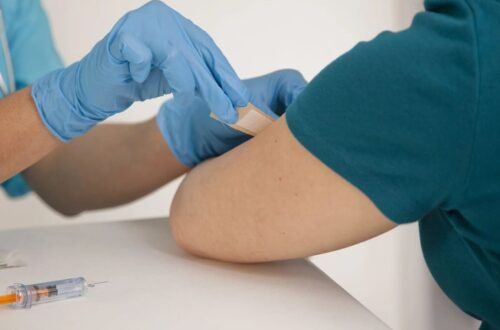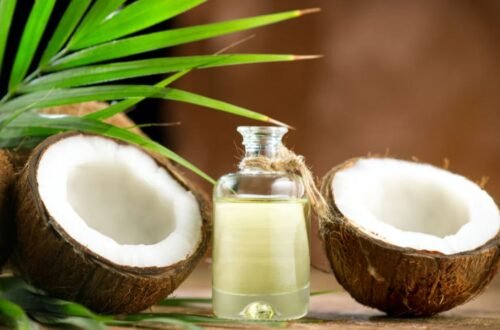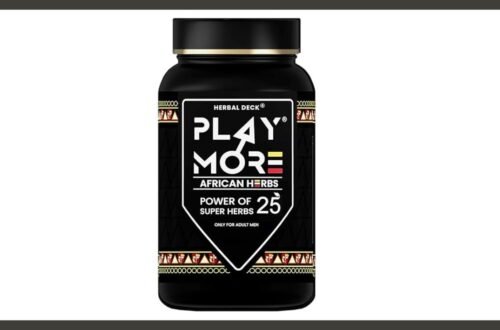Low energy, pale skin, or shortness of breath? These are signs that your body may lack hemoglobin. Hemoglobin is the oxygen-carrying protein in red blood cells. It keeps your body active and your organs healthy. Without enough of it, you feel weak and unwell. Many people look for how to increase hemoglobin naturally. The answer lies in a mix of diet, lifestyle, and remedies. In some cases, quick fixes are also needed.
What is Hemoglobin?
Hemoglobin is a protein inside red blood cells. Its main role is to carry oxygen from the lungs to every part of the body. It also brings carbon dioxide back to the lungs.
Each hemoglobin molecule contains iron. This iron is what binds oxygen. Without iron, hemoglobin cannot work. This is why iron-rich food is the number one answer for how to increase hemoglobin. Normal hemoglobin levels are important for health. Too little and you feel tired. Too much can also be risky.
Key Roles of Hemoglobin in the Body
Hemoglobin is more than just oxygen transport. It plays several vital roles that keep your body healthy and active. Knowing these roles helps you understand why you must learn how to increase hemoglobin when levels fall.
1. Oxygen transport: Hemoglobin binds oxygen in the lungs. It then carries it to every cell. Without it, organs lack the fuel to work.
2. Carbon dioxide removal: After delivering oxygen, hemoglobin picks up carbon dioxide. It takes it back to the lungs. This waste gas is then exhaled safely.
3. Balancing blood pH: Hemoglobin also acts as a buffer. It helps control the acid-base balance. This keeps blood within a safe pH range.
4. Supporting energy production: Cells need oxygen to make energy. With healthy hemoglobin, energy levels stay stable. Low levels reduce stamina and strength.
Normal Hemoglobin Ranges
Here is a table showing healthy ranges for different groups.
| Group | Normal Range (g/dL) |
| Adult men | 13.8 – 17.2 |
| Adult women | 12.1 – 15.1 |
| Children | 11 – 16 |
| Newborns | 14 – 24 |
| Elderly men | 12.4 – 14.9 |
| Elderly women | 11.7 – 13.8 |
These ranges vary slightly depending on labs. If your level is below, you need to focus on how to increase hemoglobin.
Signs of Low Hemoglobin
Your body gives clear signals when hemoglobin drops. Look for these warning signs:
- Fatigue and constant weakness: When hemoglobin is low, your muscles and organs don’t get enough oxygen. This makes you feel tired and weak even after rest.
- Shortness of breath even after light work: With less oxygen in the blood, even small tasks like walking or climbing stairs can leave you breathless.
- Dizziness and lightheadedness: The brain needs steady oxygen supply. Low hemoglobin reduces it, causing frequent dizziness or lightheaded feelings.
- Rapid heartbeat: The heart works harder to pump limited oxygen through the body. This leads to fast or irregular heartbeat.
- Pale skin, lips, and gums: Reduced blood flow makes skin and gums look pale. This is one of the easiest signs to notice.
- Cold hands and feet: Poor oxygen supply to extremities makes hands and feet feel unusually cold.
- Frequent headaches: When the brain lacks oxygen, blood vessels expand. This often results in recurring headaches.
- Loss of appetite: Low hemoglobin can reduce hunger signals. Over time, this worsens nutrient deficiency.
Severe anemia can cause chest pain and fainting. Recognizing these early helps you work on how to increase hemoglobin before it gets worse.
Causes of Low Hemoglobin
Many conditions can lead to low hemoglobin. The most common are:
- Iron deficiency – low intake or poor absorption
- Vitamin B12 and folate deficiency
- Blood loss from injury, surgery, or menstruation
- Pregnancy, where blood volume increases
- Kidney disease – reduces hormone that makes red blood cells
- Genetic disorders like sickle cell anemia
- Chronic illness such as cancer, liver disease, or lung disease
- Smoking and alcohol use – both reduce blood quality
Understanding the cause is the first step when learning how to improve hemoglobin level quickly.
Foods That Increase Hemoglobin

Diet plays the biggest role. Eating the right foods naturally builds hemoglobin. Here are some of the best options.
| Food | Why It Helps? |
| Spinach & kale | High in iron and folate |
| Pomegranate | Improves iron and blood flow |
| Dates & raisins | Copper and iron boost |
| Beetroot | Increases red blood cells |
| Pumpkin seeds | Great for plant-based iron |
| Red meat | Rich in heme iron |
| Fish (salmon, mackerel) | Iron and vitamin B12 |
| Chicken | Protein and heme iron |
| Eggs | Vitamins plus iron |
| Dark chocolate | Iron and antioxidants |
| Citrus fruits | Help absorb iron |
Eating these daily is the simplest way to know how to increase hemoglobin naturally.
Quick Fixes: How to Increase Hemoglobin Level Quickly?
Sometimes diet alone takes too long. You may need quick results. Here are proven quick fixes:
1. Iron Supplements
Iron supplements directly increase iron in the blood. They are prescribed after tests to match your body’s needs. Regular use can raise hemoglobin within weeks.
2. Vitamin B12 and Folic Acid Tablets
These vitamins are essential for red blood cell production. A deficiency lowers hemoglobin rapidly. Tablets restore balance and support faster recovery.
3. Beetroot and Apple Juice Daily
This juice is rich in iron, folate, and vitamin C. Drinking it daily improves blood production. It is one of the simplest home remedies for fast results.
4. Brown Rice and Whole Grains Instead of White
Whole grains provide more iron and fiber than white rice. They also boost nutrient absorption. Switching helps the body build red blood cells faster.
5. Nettle Tea Rich in Iron and Vitamins
Nettle leaves contain iron, vitamin C, and B vitamins. Drinking nettle tea daily improves absorption and supports hemoglobin production naturally.
These work fast but should be taken with medical advice. They are the best answer for how to improve hemoglobin level quickly in emergencies.
Natural Remedies for Long-Term Health
Natural herbs and foods keep hemoglobin steady for life. Some excellent remedies include:
- Moringa leaves powder in soups or smoothies
- Spirulina supplements rich in iron
- Sesame seeds added to meals
- Herbal teas with vitamin C and iron
These remedies work slowly but give lasting results. They are excellent for long-term health when learning how to increase hemoglobin.
Conclusion
Low hemoglobin is common but treatable. It drains energy, weakens the body, and lowers health. But with the right foods, remedies, and lifestyle changes, you can fix it. Iron-rich meals, vitamin C fruits, and supplements when needed are key.
If you are asking how to increase hemoglobin, the answer lies in balance. Eat wisely, avoid blockers, and stay active. If you need urgent results, try supplements and natural juices
With steady effort and care, you can restore your hemoglobin, feel energetic, and stay healthy for life.
FAQs
Q1: What is the fastest way to increase hemoglobin?
Iron supplements, beetroot juice, and vitamin C fruits are the fastest.
Q2: Which fruits help increase hemoglobin?
Pomegranate, apples, watermelon, and citrus fruits work best.
Q3: Can kids have low hemoglobin?
Yes, Kids need iron-rich diets to grow healthy red blood cells.
Q4: How to increase hemoglobin level quickly at home?
Drink beetroot and apple juice, eat spinach with lemon, and add nuts and seeds daily.
Q5: Can exercise raise hemoglobin?
Yes, Light exercises like walking or yoga improve oxygen use.
Q6: Is low hemoglobin dangerous?
Yes, Severe anemia can damage heart, brain, and organs if ignored.
Read Our More Blogs: Castor Oil for Hair Growth: Guide to Use, Benefits, and Results





